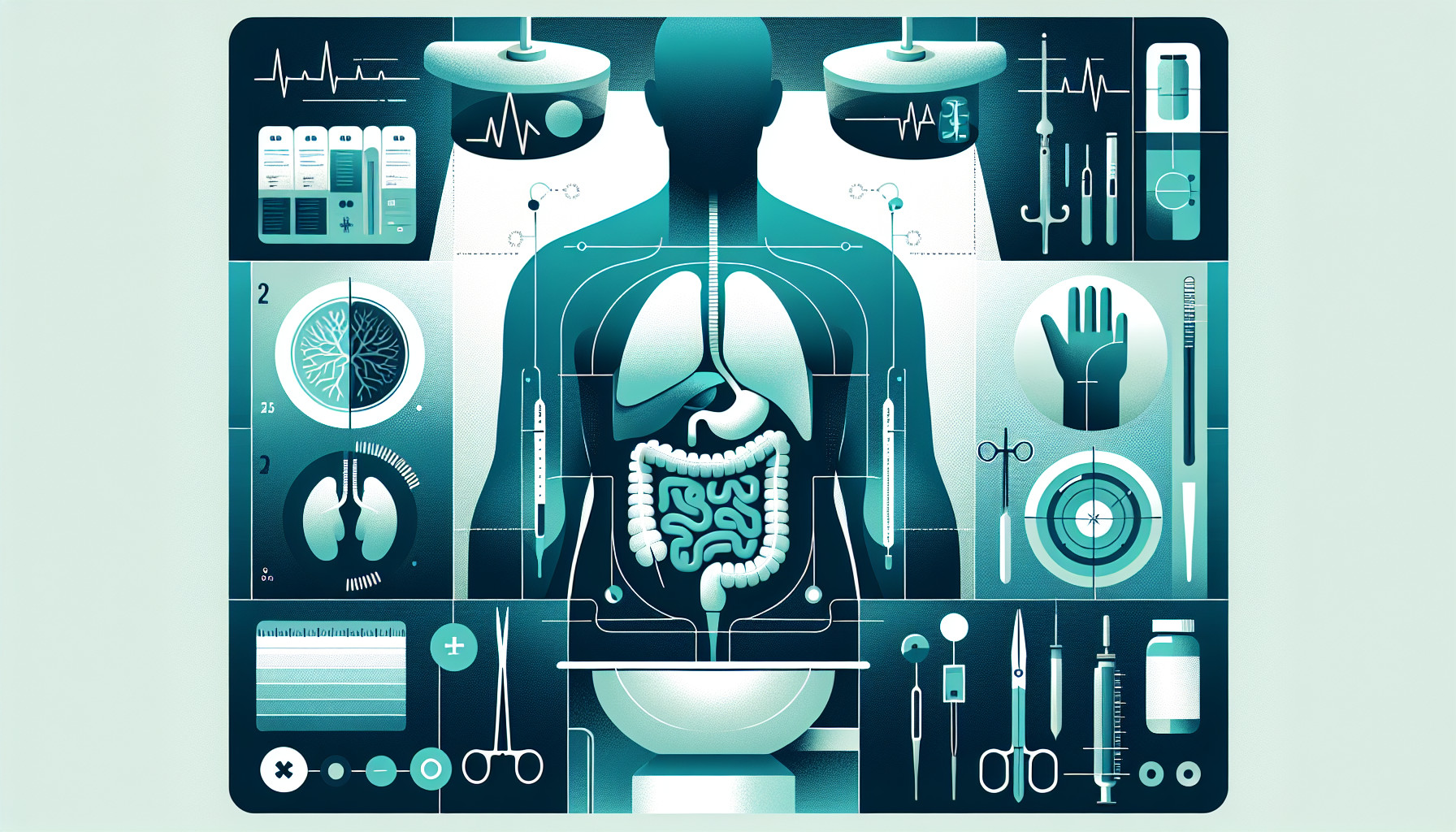Our Summary
This paper discusses the challenges and potential solutions in the field of intestinal transplantation, a treatment option for patients with severe intestinal failure. The transplantation process is complicated and involves various technical issues like handling the donor intestine, preserving it, reducing damage during transplantation, and managing post-transplant complications. All these factors can affect the quality of the transplanted intestine and the overall survival rate of patients.
The research explores the use of carbon monoxide (CO), usually known as a poisonous gas, in addressing some of these challenges. Recent studies have shown that carbon monoxide, in low amounts, can act as a protective agent during the transplantation process. The paper discusses how CO works at a molecular level to protect the intestine during the different stages of transplantation.
The paper also discusses the potential of using CO in clinical settings and the challenges that might arise. Despite the potential benefits, the use of CO in transplantation must be done carefully due to its toxic nature. Overall, this paper suggests that CO could be a valuable tool in improving the success rate of intestinal transplants.
FAQs
- What challenges are associated with the process of intestinal transplantation?
- How can carbon monoxide potentially be used in intestinal transplantation?
- What are the potential challenges and benefits of using carbon monoxide in transplantation?
Doctor’s Tip
One helpful tip a doctor might give a patient about intestinal transplant is to follow a strict medication regimen to prevent rejection of the transplanted intestine. This may include taking immunosuppressant medications as prescribed and attending regular follow-up appointments to monitor for any signs of rejection. It is important for patients to communicate any changes in their health or symptoms to their healthcare team promptly to ensure the success of the transplant.
Suitable For
Patients who are typically recommended for intestinal transplant include those with severe intestinal failure, which can be caused by conditions such as:
Short bowel syndrome: This condition occurs when a significant portion of the small intestine is missing or removed, leading to malabsorption of nutrients and fluids.
Chronic intestinal pseudo-obstruction: This condition is characterized by symptoms similar to a bowel obstruction but without a physical blockage, leading to severe intestinal dysfunction.
Intestinal motility disorders: These disorders affect the movement of food and waste through the intestines, leading to severe digestive problems.
Inflammatory bowel disease: Conditions like Crohn’s disease and ulcerative colitis can cause severe damage to the intestines, leading to intestinal failure.
Intestinal ischemia: This condition occurs when blood flow to the intestines is restricted, leading to tissue damage and intestinal failure.
Patients with these conditions may require an intestinal transplant when other treatment options have failed to improve their symptoms and quality of life. Intestinal transplantation can provide these patients with a new chance at a healthy digestive system and improved overall health.
Timeline
- Before intestinal transplant:
- Patient experiences severe intestinal failure, often due to conditions like short bowel syndrome, Crohn’s disease, or intestinal ischemia.
- Patient undergoes extensive evaluation to determine if they are a suitable candidate for intestinal transplantation.
- Patient is placed on the waiting list for a donor intestine, which can take months to years to find a suitable match.
- Patient undergoes pre-transplant preparation, including nutritional support, medical management, and psychological counseling.
- After intestinal transplant:
- Patient undergoes the surgical procedure to transplant the donor intestine, which can be a complex and lengthy surgery.
- Patient is closely monitored in the intensive care unit post-transplant to monitor for complications like infection, rejection, or organ failure.
- Patient undergoes extensive rehabilitation and recovery process, which can take several months to regain strength and function.
- Patient undergoes lifelong immunosuppressive therapy to prevent rejection of the transplanted intestine.
- Patient continues to be monitored closely for any signs of rejection, infection, or other complications post-transplant.
What to Ask Your Doctor
- What are the potential risks and complications associated with intestinal transplantation?
- How long is the recovery process after an intestinal transplant?
- What kind of follow-up care will be needed after the transplant?
- How successful is intestinal transplantation as a treatment option for severe intestinal failure?
- Are there any alternative treatments to intestinal transplantation that should be considered?
- What criteria are used to determine if a patient is a suitable candidate for intestinal transplantation?
- How many intestinal transplants has the healthcare facility performed and what is their success rate?
- What is the average lifespan of a transplanted intestine?
- What kind of lifestyle changes will be necessary after the transplant?
- Are there any clinical trials or new advancements in intestinal transplantation that should be considered?
Reference
Authors: Dugbartey GJ. Journal: Biomed Pharmacother. 2021 Nov;143:112237. doi: 10.1016/j.biopha.2021.112237. Epub 2021 Sep 25. PMID: 34649361
